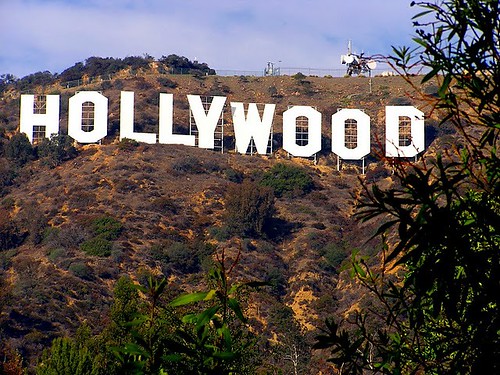
“If you want to send a message, use Western Union.” This oft-quoted maxim from producer Sam Goldwyn wasn’t just a pithy quip; it was a foundational commandment for Hollywood, urging filmmakers to keep their personal politics off-screen and prioritize entertainment over lectures. For much of the classical Hollywood era, this sentiment reigned supreme, a guiding principle that shaped how stories — and especially those touching on the contentious realm of politics — were brought to the silver screen. In an industry built on escapism, overt political stances were often seen as box office poison, alienating segments of the very audience studios aimed to captivate.
Yet, the allure of telling the stories of powerful figures, those who shaped nations and defined eras, remains irresistible. Hollywood is perpetually “enamoured with the production of biographical films,” a trend that has seen a recent explosion, clocking in 17 movies in 2023 alone. From historical icons like Abraham Lincoln to contemporary figures like Margaret Thatcher, the political biopic promises gripping drama and insight into the lives of leaders. But as eagerly anticipated projects like the Tupac Shakur biopic “All Eyez on Me” demonstrate with their “historic 78 percent drop in its second week,” the path to cinematic success for these narratives is often fraught with peril, especially when the subject is a politician.
Why, then, do political biopics so rarely achieve their full potential, often faltering despite significant investment and star power? The reasons are as complex and layered as the lives they attempt to portray, touching upon historical industry mandates, the inherent compromises of storytelling, and the ever-evolving expectations of a digitally-savvy audience. It’s a fascinating tightrope walk between artistic ambition and public perception, where the very act of bringing a political life to screen can inadvertently reveal the industry’s deepest anxieties and creative limitations. This article delves into 14 critical factors, beginning with the foundational struggles that plague political biopics from conception to screen.

1. **The Enduring Shadow of Goldwyn’s Rule: Entertainment vs. Explicit Messaging**Sam Goldwyn’s decree, reinforced by figures like Will H. Hays, who in 1922 laid down the law to “keep all partisan politics off the screen,” deeply ingrained a cautious approach within Hollywood. For decades, the industry presented itself as a mere “entertainment machine, an escapist diversion devoid of political impact or motive.” This was not merely an aesthetic choice but a shrewd business model; as exhibitors astutely calculated, “any film pleasing to Democrats would displease Republicans and vice versa, so why alienate half your potential audience?” This fundamental premise positioned overt political messaging as a commercial liability.
Even when the tide momentarily turned, such as during World War II when “the entertainment machine was re-tooled to serve explicit, unmistakable, spoken-aloud ideological ends,” audience weariness quickly set in. As Red Kahn of Motion Picture Daily observed in 1943, even amidst wartime patriotism, “The war, on film, is clearly out of hand… Hollywood whose primary function is”—you guessed it—”entertainment.” This inherent tension between delivering a message and providing pure entertainment remains a foundational hurdle.
The industry’s historical inclination has been to “hit the sweet spot of its audience’s political comfort zone,” opting to “stay in tune with an emerging consensus, or maybe getting out a little ahead, but not venturing beyond the pale.” This often means that genuine political commentary, especially that which challenges the status quo, is a non-starter. If the public hasn’t already reached a consensus, or at least isn’t primed to hear a particular viewpoint, Hollywood hesitates to lead the charge, preferring instead to reflect existing public sentiment rather than provoke it. This explains why “no big budget Hollywood film dared criticize American involvement in Vietnam until the war was over.”
Today, the “sentiment behind the saying is making a comeback.” After enduring criticism linking “box office disappointments to liberal political messaging,” the success of politically “talking points-free” blockbusters has “revived the ancient wisdom.” For political biopics, this means filmmakers must navigate a particularly narrow channel, attempting to portray complex political lives without crossing the invisible line into what audiences might perceive as a “lecture” or partisan polemic.
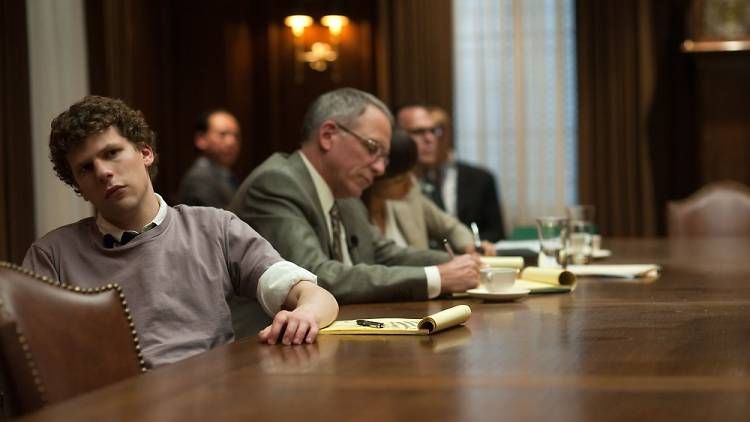
2. **The Intractable Clash Between Truth and Storytelling**One of the most profound dilemmas facing political biopics is the inherent conflict between factual accuracy and narrative drama. As screenwriter Aaron Sorkin, known for the critically acclaimed “The Social Network,” candidly admitted, “I don’t want my fidelity to be the truth. I want it to be storytelling.” This encapsulates the “uneasy quid pro quo between the creator and the muse” that defines the genre. While a documentary aims for an “understood truth,” a biopic, by its very nature, “lets you dramatize the story you are trying to tell a lot better than a documentary would,” as director Nathalie Younglai pointed out.
This dramatization, however, comes at a cost. The “truth is subject to the imagination and artistic direction of the screenwriter, the actors and the director.” Facts are often “obscure[d], ignore[d] social relationships and distort[ed] important facts.” This can result in a “manufactured reality set up to appease a subject and their family,” which, while perhaps making for a more compelling narrative arc, often deviates significantly from the documented life.
The digital age has amplified this tension. “Today’s inquisitive and critical viewers expect some semblance of authenticity,” and with “readily available and free information in any place with a wifi connection,” it has become “virtually impossible to tell a life story and not be questioned on its validity if supposed vital details are left out.” When a film prioritizes storytelling over fidelity to the truth, it risks alienating an audience armed with Google and Wikipedia, who are quick to point out inaccuracies or omissions, thus undermining the film’s credibility and impact.
For political figures, whose lives are often extensively documented and subject to public record, this challenge is even more pronounced. The choices made by screenwriters and directors to condense, interpret, or even invent elements can lead to significant backlash. As film producer Chris Sumpton notes, the core difficulty lies in how much writers and directors “owe the viewers and how much do they owe the object of their attention.” The balance is precarious, and often, the drive for a dramatic arc or commercial appeal can override the commitment to a nuanced, fact-based portrayal, leaving audiences feeling misled rather than enlightened.
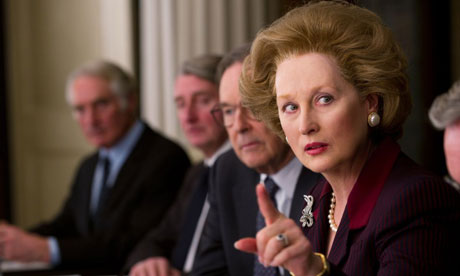
3. **The Peril of Hagiography: Avoiding the “Warts and All” Depiction**Biopics frequently fall into the trap of “eulogizing their subjects,” presenting an idealized version of a political figure rather than a complex, flawed human being. This inclination to avoid “the road less travelled which would require them to deliver a story without illusions, and the inclusion of lived experiences that could be deemed ‘unflattering’ or irrefutably ‘vile'” often renders these portrayals unrealistic and ultimately less engaging. The desire to make the protagonist likeable or heroic can strip away the very humanity that makes a story resonate.
Film producer Chris Sumpton succinctly highlights this challenge: “When they’re alive, accuracy is in conflict with any agreed or perceived limitations related to showing them ‘warts and all.’” This extends even to deceased figures, where the pressure from estates or public perception can lead to sanitizing a legacy. The result is often a protagonist “merely fulfilling their destiny,” an “unappealing” narrative that implies an unrealistic infallibility. “All men and women are mortal and fallible and a biopic that implies someone is otherwise is both unrealistic and trite.”
Meryl Streep’s acclaimed performance as Margaret Thatcher in “The Iron Lady,” for example, was lauded for its strength, yet “she is arguably too likeable in comparison to the lady herself.” This isn’t a critique of Streep’s acting, but of the narrative choices that softened the edges of a famously polarizing figure. Similarly, Rob Crossan points out that the Austin Butler “Elvis film is fantastic when it comes to the early rock and roll days and the 1968 Comeback Special,” but “the fact that there is next to nothing in the last sad, five years of his life renders the whole film lop-sided and makes any Elvis fan question why there seems to be such a lack of courage in depicting the more tragic elements of a story.” This reluctance to portray the full spectrum of a person’s life, including their mistakes and frailties, ultimately diminishes the film’s authenticity and depth.

4. **The Counter-Trap: Caricature and One-Dimensional Portrayals**While some biopics err on the side of glorification, others swing to the opposite extreme, painting the political figure as a “monster – a caricature of themselves.” This approach, often driven by a desire to capitalize on existing public sentiment or to deliver an overt political statement, can be equally detrimental to nuanced storytelling. Oliver Stone’s “W,” a biopic about George W. Bush, serves as a prime example. While Bush faced significant unpopularity due to the Iraq War, Stone’s film was criticized for glossing over “Bush’s immense popularity when he first entered office.”
The danger here is that such films forgo the opportunity to provide “intimate insight into a real human being.” Instead, they reinforce existing biases and reduce complex individuals to one-dimensional figures, lacking self-understanding or any redeeming qualities. This can be particularly pronounced when there’s a “lack of aesthetic distance” from the subject, such as when a politician is still in office or their actions are very recent, making it tempting for filmmakers to “capitalise on the mood of the nation.”
Such portrayals, far from offering critical analysis, can come across as partisan attacks rather than genuine attempts at understanding. They can alienate audiences who might appreciate a balanced view, even of figures they disagree with. The goal of a good political biopic, as screenwriter Frank Cottrell Boyce suggests, is to “challenge the idea that there’s a fixed interpretation,” recognizing that “There might be a definitive truth about the partition of Poland, but not about a human being.” Reducing a person to a mere symbol, whether good or evil, undermines this essential complexity.
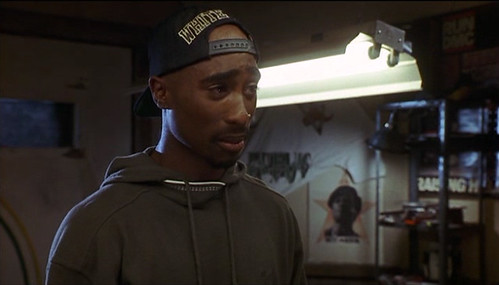
5. **The Digital Age’s Unforgiving Scrutiny of Authenticity**The modern audience approaches biopics with an entirely new set of expectations, largely thanks to the digital age. With “readily available and free information in any place with a wifi connection,” viewers are “inquisitive and critical,” and they “expect some semblance of authenticity.” This means that any perceived inaccuracies, omissions, or creative liberties are quickly identified and amplified across social media and online forums, creating immediate backlash and potentially derailing a film’s reception.
The Tupac Shakur biopic, “All Eyez on Me,” faced this exact predicament. Despite a healthy opening, it suffered a “historic 78 percent drop in its second week,” partly due to criticisms from those close to the subject. Jada Pinkett Smith, a childhood friend of Tupac, publicly criticized the “artistic liberties taken by both the director and screenwriters in the ways they chose to portray her relationship with the rapper.” Such public condemnations, easily disseminated online, can swiftly erode a film’s credibility, especially when the subject is a public figure with a “well-documented history.”
This level of scrutiny makes it “virtually impossible to tell a life story and not be questioned on its validity if supposed vital details are left out.” What might have once been accepted as creative license is now viewed as a betrayal of trust. For political biopics, where accuracy can be paramount to understanding historical events and policy decisions, this demand for authenticity means filmmakers must tread with extreme care. Any deviation from verifiable facts can be seen as an intentional distortion, undermining the educational and insightful potential of the film.
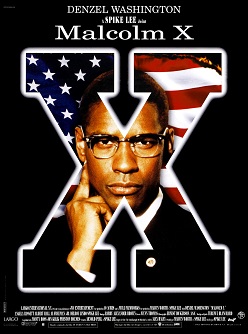
6. **Navigating the Minefield of Production and Artistic Vision Conflicts**Stepping into biopic territory, particularly with political figures, is often akin to “unleashing a pandora’s box of complications.” These range from “poor actor selection, weak storytelling, or conflicting views on the artistic vision.” The very process of packaging a life for cinema is fraught with internal battles over how the story should be told, who should tell it, and what narrative choices are acceptable. These conflicts can manifest at every stage of production, from pre-production casting decisions to the final cut.
The 1992 biopic “Malcolm X,” directed by Spike Lee, offers a vivid illustration of these intense production scrutinies. Backlash began even before filming, when “Warner Bros. first selected Norman Jewison, a white Canadian, to direct the picture,” leading to protests that ultimately saw Jewison step down. The project then faced severe budget threats, with “Spike Lee needing to crowd-source and also give $2 million of his $3 million salary to help cover costs.” While “Malcolm X” eventually achieved widespread acclaim, its journey to the screen highlighted the immense internal and external pressures that can dog such productions.
Another telling example is “The Social Network,” the Mark Zuckerberg biopic. Screenwriter Aaron Sorkin faced “a fair amount of detractors who were unimpressed with how he chose to dramatize the lives of those involved in the Facebook cosmos.” Significantly, “Facebook co-founders Zuckerberg and Dustin Moskovitz were not involved in the making of the film.” Zuckerberg himself found the creative alterations “hurtful” and “blocked the movie out.” These clashes underscore the difficulty of achieving a cohesive artistic vision when dealing with highly scrutinized subjects, especially when key figures reject the film’s narrative.
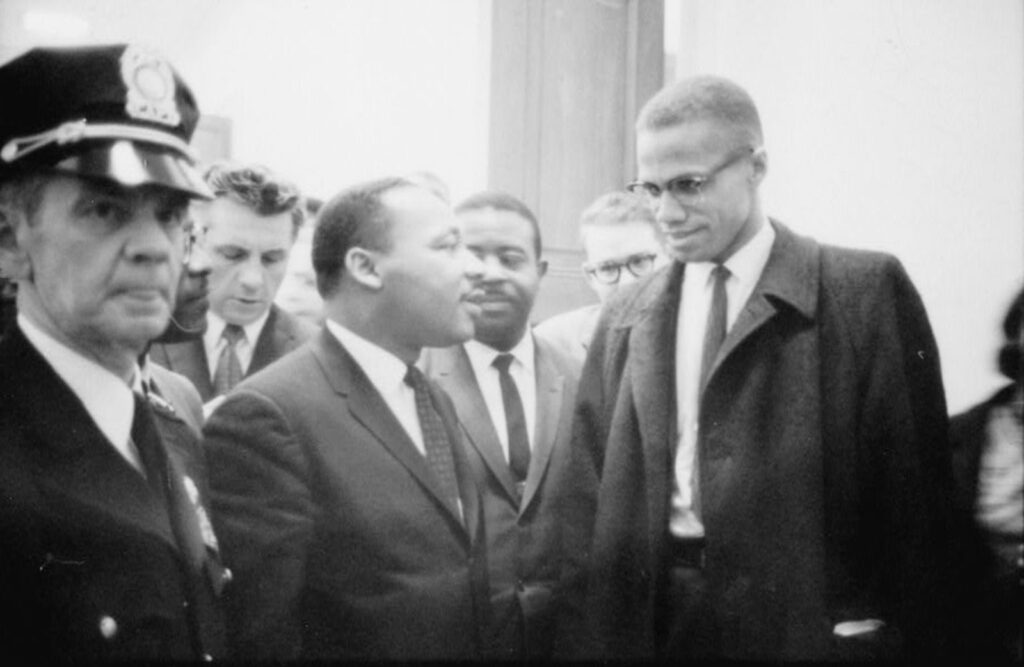
7. **The Opaque Influence of Subject and Family in Shaping Narratives**The desire for a biopic to be depicted favorably often extends beyond the filmmakers’ choices, involving direct influence from the subject or their family, particularly when story rights are acquired. “There may be a contract if you’re buying their story rights and a tacit understanding between them and the filmmakers that they will be depicted favourably,” explains producer Chris Sumpton. This can lead to a narrative that prioritizes appeasement over unvarnished truth, especially when dealing with “unflattering” aspects of a life.
This influence was starkly evident in the 2015 N.W.A biopic, “Straight Outta Compton.” While largely praised, the film’s producers and group members faced criticism for “omitting key events that shaped the group’s legacy.” Most notably, there was “the omission of the alleged domestic violence perpetrated by group member, Dr. Dre, against his ex-girlfriend, Michel’le and several other female artists he worked with.” The commercial success and critical acclaim of the film did not fully overshadow the controversy, eventually leading to Dr. Dre issuing “a public letter apologizing to the women he hurt.”
While some involvement can be positive, such as Betty Shabazz serving as a consultant for “Malcolm X,” ensuring authenticity from a particular perspective, it also underscores the delicate balance filmmakers must strike. The constant negotiation between creative freedom and external pressures to portray a subject in a specific, often heroic or sympathetic, light can compromise the film’s integrity. When a biopic becomes a form of “performative public relations,” rather than an “examined truth,” it fails to deliver the nuanced insight that audiences crave from stories about real, influential lives.
Read more about: Beyond the Pages: 15 Jaw-Dropping Reasons Why Toni Morrison’s ‘Beloved’ Still Shakes the Literary World (and Our Hearts!)
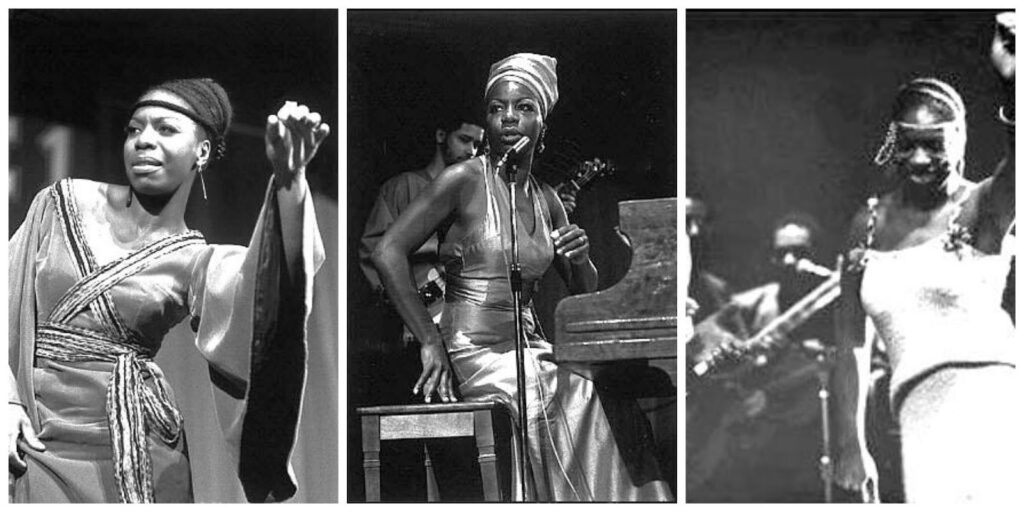
8. **The Casting Conundrum: When Appearance and Authenticity Collide**Beyond narrative choices and production woes, the very human element of casting can unleash its own set of complications, especially for biopics centered on political or culturally significant figures. The audience’s expectation of a visual connection, coupled with the sensitive nature of identity, means that casting choices are under immense scrutiny. When a film’s selection of an actor deviates too far from the public’s perception or the subject’s intrinsic identity, it can trigger immediate backlash, undermining the film’s credibility even before a single frame is critically assessed.
Director and screenwriter Nathalie Younglai stresses the paramount importance of thoughtful casting, particularly when the subject’s identity is intertwined with their race or skin tone. She points out, “Casting is very important, especially if it’s a story about a person of colour, and especially if race and skin tone are essential to the story and to whom the person is.” This isn’t just about superficial resemblance; it’s about respecting the essence of the individual and their lived experience, which often profoundly shapes their political journey and public persona.
The ill-fated 2016 Nina Simone biopic, *Nina*, serves as a stark, cautionary tale in this regard. The casting of Zoe Saldana, a lighter-skinned actress, who then utilized blackface to darken her appearance to resemble Simone, ignited widespread outrage from fans, critics, and even Simone’s own family. Nina Simone was a dark-skinned Black woman, and this was an intrinsic part of her identity, influencing her work and how she was perceived in a society that often favors lighter skin. The decision was widely seen as a profound insult to Simone’s legacy and a critical misstep that alienated the very audience who cherished her, making the film a “titanic box-office bomb” and a classic example of a failed Hollywood biopic.

9. **The Narrative Scope Trap: Cradle-to-Grave vs. Focused Moments**Another significant hurdle for political biopics is the ambition, often misplaced, to cram an entire life into a two-hour cinematic experience. Filmmakers, perhaps fearing omission, frequently attempt to chronicle a figure’s journey from “cradle to grave,” which can result in a sprawling, directionless, and ultimately “uninspiring film.” This approach struggles to provide depth or genuine insight, instead offering a superficial skim of events that leaves audiences feeling unengaged rather than enlightened.
As critics and audiences have increasingly come to realize, it is “unnecessary and frankly rather boring to watch someone’s life unfold from cradle to grave – famous or not.” Such a broad scope invariably forces a narrative to gloss over pivotal moments or condense complex developments into digestible, yet ultimately unsatisfying, fragments. The impact of such a narrative choice is often a film that feels rushed, lacking the gravitas and nuanced exploration that the subject truly deserves.
Successful biopics, by contrast, frequently demonstrate the power of narrowing their focus. *Frost/Nixon*, for instance, masterfully avoided the “pitfall” of rehashing an entire presidency by concentrating solely on the post-Watergate interviews given by the disgraced president. Similarly, Steven Spielberg’s acclaimed *Lincoln* zeroed in on the final few months of Abraham Lincoln’s life, allowing for a profound, concentrated exploration of a crucial period. This strategic selectivity enables filmmakers to delve deeply into character, motivation, and specific historical contexts, yielding a richer and more impactful story.
Rob Crossan, a film journalist and critic, often voices his distaste for the “entire life in two hours” efforts of yesteryear, even while acknowledging that the current trend of focusing on just one period is an improvement. However, he cautions that even with a narrower focus, the chosen era is “very rarely the most interesting one, but rather the one that bathes the star in the most lambent light.” This suggests that even when attempting to be more selective, biopics can still fall prey to sanitization, choosing moments that flatter rather than illuminate the full, often complex, truth of a life.

10. **The Perilous Path to Propaganda and Personality Cults**Perhaps one of the most insidious dangers inherent in the political biopic genre is its potential to devolve into a powerful tool for propaganda, especially when dealing with polarizing or recently departed figures. As Robin Benger, a seasoned director and producer of documentaries, soberly notes, biopics “can be one of the most powerful forms of propaganda.” This is particularly true when aesthetic distance from the subject is lacking, and filmmakers are tempted to “capitalise on the mood of the nation” rather than providing critical analysis.
Benger specifically highlights how biography, in the context of political figures like President Robert Mugabe and Chairman Mao, can readily transform into “hagiography, and the emblematic fuel of personality cultism.” In such cases, the film ceases to be an inquiry into a life and instead becomes an instrument for inflating the powerful, serving explicit political ends. This self-serving leverage, where candor is sacrificed for promotion, undermines the very purpose of storytelling: to provide “intimate insight into a real human being” rather than a mere symbol.
Indeed, recent films like Clint Eastwood’s *J. Edgar* on FBI director J. Edgar Hoover, and Steven Spielberg’s *Lincoln*, have been critiqued for seemingly elevating the “already mythical status of their subjects to even higher ground.” These narratives, in their attempt to portray polarizing figures as “larger than life characters whose mistakes were few and far between, and whose aspirations were expansive, inclusive, and noble,” inadvertently perpetuate a sanitized, almost mythical version of history. Benger’s concern resonates deeply: “Biography is a double-edged sword, and I fear it is more often used to inflate the powerful for political ends.” The risk is that instead of fostering understanding, such films can inadvertently propel “maniacal and reckless rhetoric forward,” making candor stranger than fiction.

11. **Cost-Effectiveness and Authenticity: Why Documentaries Often Win**Beyond their narrative integrity, documentaries also hold a pragmatic advantage over their biopic counterparts: cost-effectiveness. Film producer Chris Sumpton notes that while “all audiences want high quality images and sound,” they are also “accepting of lower quality, historical imagery as in the case of documentaries, which are also the cheaper way to go.” This financial flexibility allows documentary filmmakers to prioritize content and authenticity without the enormous budgetary pressures that often dictate creative compromises in big-budget biopics.
The success of the 2003 documentary *Tupac-Resurrection*, which was “monumentally more critically successful” than the later, fictionalized film *All Eyez on Me*, perfectly illustrates this point. While *All Eyez on Me* struggled with authenticity criticisms and a dramatic box office drop, *Tupac-Resurrection* offered a more genuine portrayal, resonating more deeply with both critics and audiences. This suggests that for stories about well-documented public figures, factual rigor often outweighs the allure of a star-studded, fictionalized adaptation.
Similarly, Asif Kapadia’s 2015 documentary *Amy* about Amy Winehouse further reinforces the notion that “the single camera focus of a documentary is the best vehicle to deliver as honest a retelling of a life as possible.” By focusing on raw, unfiltered reality, documentaries can provide a level of intimacy and truth that is difficult to replicate when a story is filtered through the lens of dramatic interpretation. This commitment to honesty, coupled with their comparative affordability, makes documentaries a powerful, and often superior, alternative for chronicling significant lives.

12. **The Fickle Hand of Timing: When to Tell a Political Story**One often underestimated factor in the reception and efficacy of political biopics is the strategic timing of their release. Hollywood, historically, has aimed to “hit the sweet spot of its audience’s political comfort zone,” preferring to reflect existing public sentiment rather than provoke it. This means that films critiquing controversial subjects, such as American involvement in Vietnam or Nixon’s presidency, typically only emerge once “the war was over” or “Nixon was out of power,” when a consensus has already formed.
However, the problem of timing becomes particularly acute when a biopic attempts to tackle a subject that is too recent, or a political figure who is still active or whose legacy is heavily debated. The “lack of aesthetic distance” in such scenarios can tempt filmmakers to “capitalise on the mood of the nation,” leading to portrayals that are more reflective of current public opinion than a nuanced historical analysis. Oliver Stone’s *W.*, released during George W. Bush’s presidency, faced criticism for glossing over his early popularity, arguably swayed by the public’s negative sentiment towards the Iraq War at the time.
This immediate proximity to the subject can also complicate the creative process and reception. Rob Crossan questions the timing of films like the Amy Winehouse biopic, *Back to Black*, being released “barely a decade on from [her] death,” suggesting that sufficient time may not have passed for a balanced, objective perspective to emerge. When the wounds are fresh, or the political battles still raging, a biopic can feel less like an historical examination and more like an extension of current debates, making it difficult for the film to transcend its contemporary context and offer lasting insight.
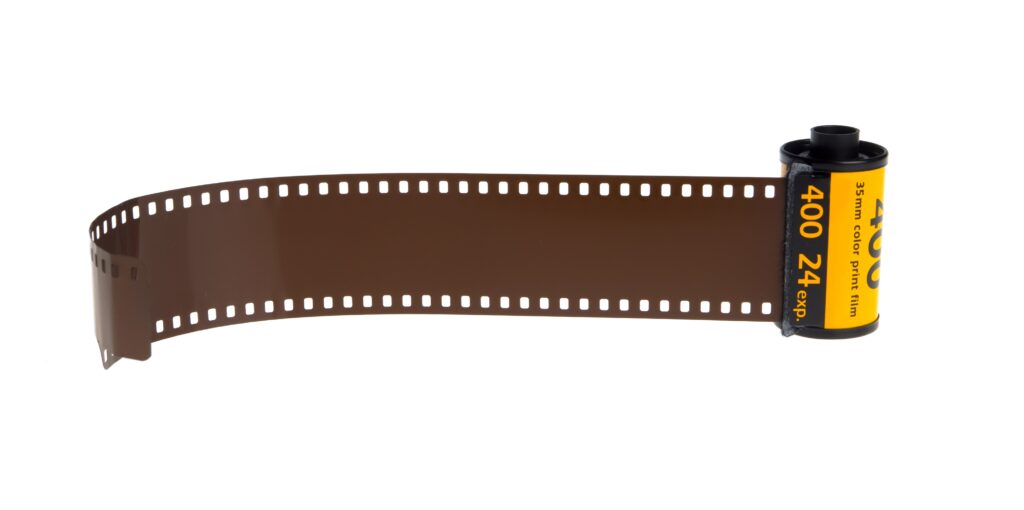
13. **The Challenge of Critical Distance: Bias and Subjectivity in Political Portrayals**The ultimate struggle for political biopics lies in achieving genuine critical distance, a quality often sacrificed in the pursuit of compelling drama or commercial success. While Hollywood is perpetually “enamoured with the production of biographical films,” the inherent tension between portraying a life and interpreting it often results in narratives that are more subjective than truly analytical. Screenwriter Frank Cottrell Boyce aptly states, “There might be a definitive truth about the partition of Poland, but not about a human being,” underscoring the profound difficulty in capturing the full, unbiased essence of a person.
Biopics frequently struggle with balancing the nuanced complexities of human character against the desire to tell a clear, concise story. As critic Rob Crossan wishes, “I’d love to see a director tackle a biopic where he or she openly admits to not being a particular fan of the star in question whose life story is being partially or wholly told.” This highlights a core issue: the inclination for filmmakers, or the pressures from studios, to create narratives that are either overly reverential or overtly critical, rather than genuinely exploratory. This tendency to simplify or sensationalize can prevent the film from offering the “intimate insight into a real human being” that audiences crave.
In an age where readily available information allows “inquisitive and critical viewers” to instantly fact-check, any perceived bias or deliberate omission can quickly erode a film’s credibility. The industry’s historical inclination to “hit the sweet spot of its audience’s political comfort zone” means that truly challenging, multifaceted portrayals of political figures—ones that resist easy categorization as ‘good’ or ‘bad’—are rare. The question remains, how much do writers and directors “owe the viewers and how much do they owe the object of their attention”? The balance is precarious, and often, the pursuit of a dramatic arc or commercial appeal can override the commitment to a nuanced, fact-based portrayal, leaving audiences feeling misled rather than enlightened.
***
Ultimately, the cinematic landscape of political biopics is a complex tapestry woven with ambition, historical precedent, and inherent contradictions. From Goldwyn’s stern decree against overt political messaging to the digital age’s unforgiving demand for authenticity, the path to telling a politician’s story on screen is fraught with peril. It’s a journey where the desire for dramatization often clashes with factual truth, where the pressures of appeasing subjects or chasing awards can eclipse genuine insight, and where casting choices or narrative scope can make or break a film’s reception. While the allure of these powerful figures remains irresistible, Hollywood must reckon with the fact that an exposed truth does not equate to an examined one. Perhaps, by embracing critical distance, a narrower narrative focus, and learning from the unvarnished honesty of documentaries, political biopics can finally move beyond performative public relations to offer the truly incisive, human portrayals that audiences and history deserve.



